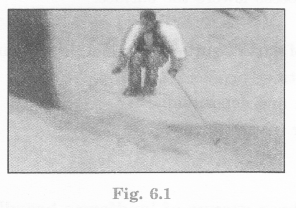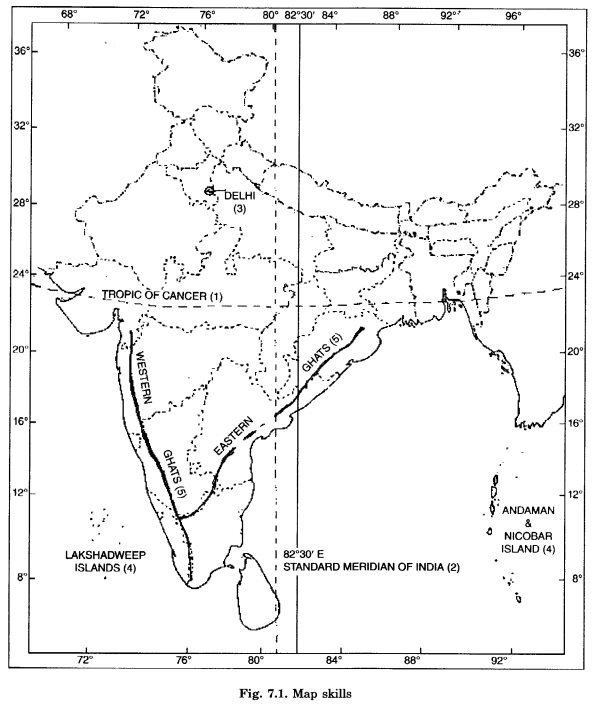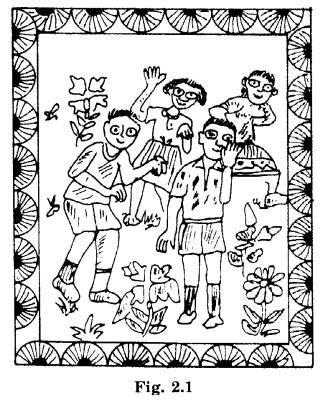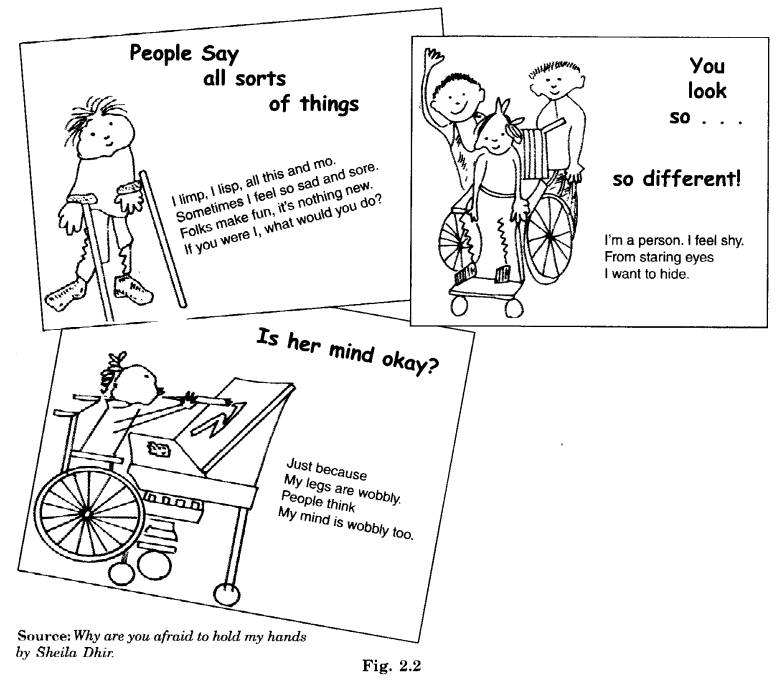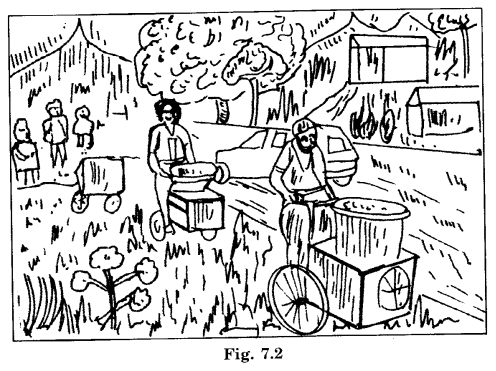NCERT Solutions for Class 6 Social Science History Chapter 1 What, Where, How and When? are part of NCERT Solutions for Class 6 Social Science. Here we have given NCERT Solutions for Class 6 Social Science History Chapter 1 What, Where, How and When?.
| Board | CBSE |
| Textbook | NCERT |
| Class | Class 6 |
| Subject | Social Science History |
| Chapter | Chapter 1 |
| Chapter Name | What, Where, How and When? |
| Number of Questions Solved | 8 |
| Category | NCERT Solutions |
NCERT Solutions for Class 6 Social Science History Chapter 1 What, Where, How and When?
NCERT TEXTBOOK EXERCISES (Pages 9-10)
LET’S RECALL
Question 1.
Match the following:
| Narmada Valley | The first big kingdom |
| Magadha | Hunting and gathering |
| Garo hills | Cities about 2500 years ago |
| Indus and its tributaries | Early agriculture |
| Ganga Valley | The first cities |
Answer:
| Narmada Valley | Hunting and gathering |
| Magadha | The first big kingdom |
| Garo hills | Early agriculture |
| Indus and its tributaries | The first cities |
| Ganga Valley | Cities about 2500 years ago |
Question 2.
List one major difference between manuscripts and inscriptions.
Answer:
Handwritten book or a piece of literary work or material is called manuscript while writings engraved on pillars, rocks, copper or other metallic plates, etc. are called inscriptions.
LET’S DISCUSS
Question 3.
Return to Rasheeda’s question. Can you think of some answers to it?
Answer:
Rasheeda’s question was how could anyone know what had happened so many years ago. There are various ways by which people can about the past.
- The remains left by the early man in the form of tools, weapons, pottery, jewelry etc.
- After the man had learned the art of writing he wrote on leaves and bark of the trees and even on hard material. We have been able to read the script of these people (in any case).
Question 4.
Make a list of all the objects that archaeologists may find. Which of these could be made of stone?
Answer:
- Archaeologists study the remains of buildings made of stones and bricks that have survived, paintings, and sculptures. They find tools, weapons, pots, pans, ornaments, and coins.
- Some of them may be made of stone, others out of bones, baked clay, and metal.
Question 5.
Why do you think ordinary men and women did not generally keep records of what they did?
Answer:
The ordinary men did hot keep a reward for what they did because they did not know’ how to read and write.-There was a specialized class of people called ‘scribes’ who recorded all the events.
Question 6.
Describe at least two ways in which you think the lives of kings would have been different from those of farmers.
Answer:
The king led a luxurious life. He made all the decisions for society and looked after their welfare. They led the armies in war.
Farmers: They worked very hard to grow crops, for the people. They led an ordinary life, where he could barely fulfill his needs.
LET’S DO
Question 7.
Find the word crafts persons on page 1. List at least five different crafts that you know about today. Are the craftspersons – (a) men (b) women (c) both men and women?
Answer:
| Crafts Persons (Six) | Products |
| 1. Gatherers (Both men and women) | Food collection such as seeds, roots, and fruits. |
| 2. Tool Makers (Men) | Making of tools and objects used by men in the food-gathering stage of the Stone Age. |
| 3. Hunters (Men) | Hunting of wild animals. |
| 4. Fishermen | Fishing |
| 5. Painters (Men) | Drawing of pictures of animals and hunting scenes in caves. |
| 6. Shepherds (Men) | Taming (domesticating) of animals, tamed animals for food, milk, and wool. |
| 7. Potters (Both men and women) | Pottery making. |
| 8. Farmers (Both men and women) | Farming (and harvesting) |
| 9. Weavers (Men) | The weaving of cloths. |
| 10. Ornaments Makers (Men) | Ornaments were made from shells and bones. |
| 11. Sculptors (Men) | Making of sculptures. |
| 12. Carpenters (Men) | Cutting of trees, making wooden articles. |
| 13. Traders (Both men and women) | Exchanged surplus products for goods needed. |
Question 8.
What were the subjects on which books were written in the past? Which of these would you like to read?
Answer:
The books dealt with all kinds of subjects like religious beliefs & practices, the lives of the king’s medicine and science. In addition, there were epics, poems & plays. The most popular epics of India are Ramayana & Mahabharata. I would like to read these two books.
We hope the NCERT Solutions for Class 6 Social Science History Chapter 1 What, Where, How, and When? help you. If you have any queries regarding NCERT Solutions for Class 6 Social Science History Chapter 1 What, Where, How, and When? drop a comment below and we will get back to you at the earliest.
